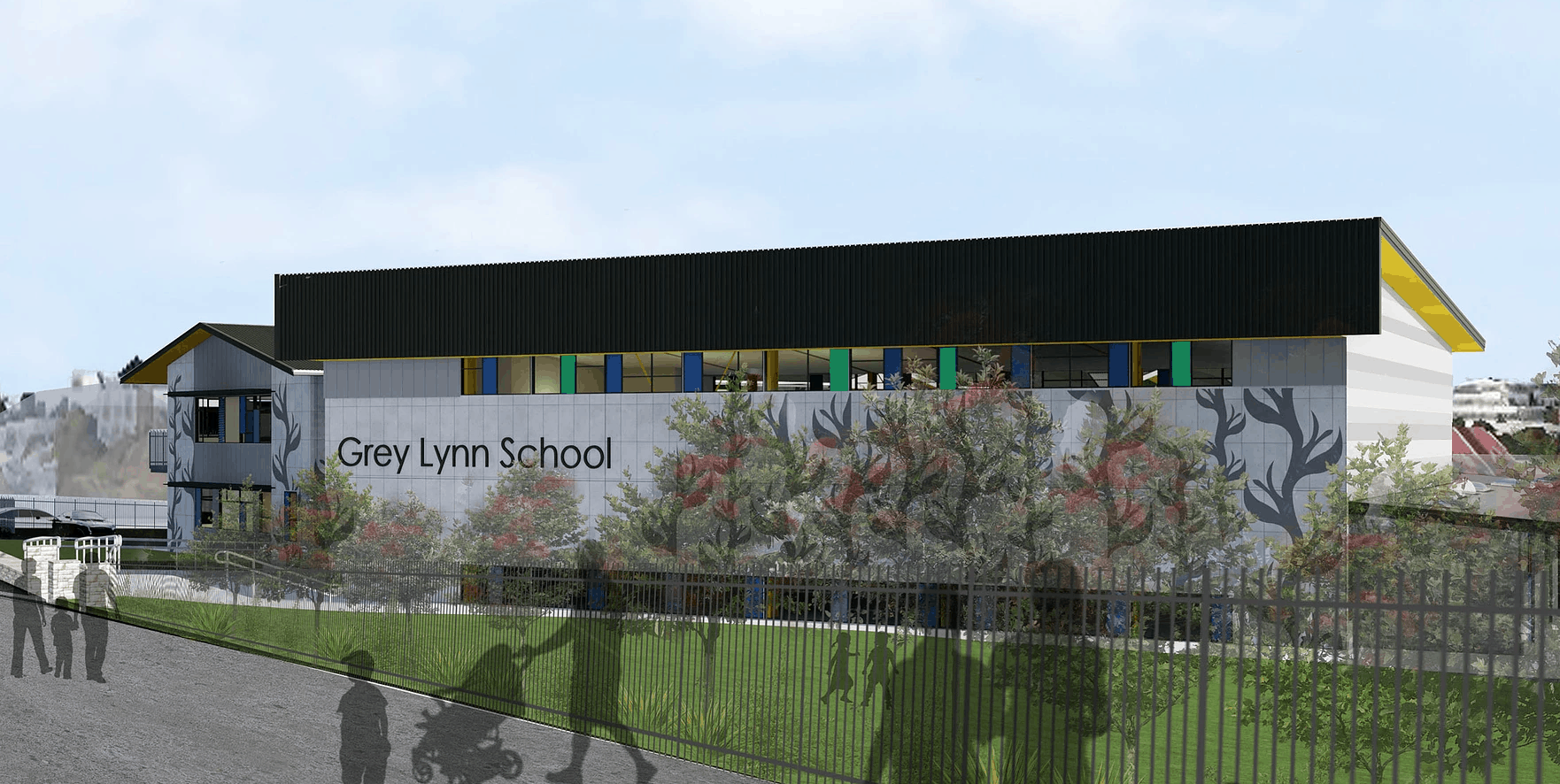When an Origin Fire inspection found that individual units within an apartment building were not as well fire sealed as they could have been, Origin’s senior fire engineer Sajeesh Nair set out to understand how smoke from a smouldering fire need not become the sneaky, insidious killer it has the potential to be.
“Smoke is the main cause of death in the event of any type of fire,” says Sajeesh. “In our inspection of this building we found there were very small gaps between the top of the fire rated walls and the underside of the floor above – from 5 to 20mm – that might admit smoke into adjacent apartments in the event of a fire.
Smouldering fires are small and grow very slowly but produce a lot of smoke in proportion to the heat output. This means a smouldering fire can smoulder for a long time without activating a smoke detector to provide early warning or a sprinkler to extinguish it. We wanted to understand what this might mean for apartment owners and dwellers, especially for occupants in units adjacent where fire stopping is not totally gap-free.”
The most frequent location for smouldering is on sofas and beds and Sajeesh used a potential smouldering bed fire as his starting point. He found there was very little literature on the topic, however after a considerable amount of research he found sufficient information to develop a realistic scenario which he initially modelled with zone modelling (B-Risk) simply to gather some data. He then completed CFD (Computational Fluid Dynamics) modelling with FDS (Fire Dynamics software to compare with the data of B-Risk modelling.
What Sajeesh learned was that the gaps were in fact sufficient to allow smoke to pass into the adjacent apartments and eventually activate the smoke detectors and alarms. He also wanted to make an allowance for sleeping occupants and occupants incapacitated with sleeping pills and the like who would not respond to an alarm signal. So, he converted the fire alarm system to a double knock system whereby if two apartments detected smoke then a full building evacuation and Fire Brigade callout would be initiated. This meant that sleeping occupants would be picked up as part of the fire service search and rescue operations. The double knock system allowed occupants around 22 minutes to evacuate before the smoke has escalated to untenable levels.



